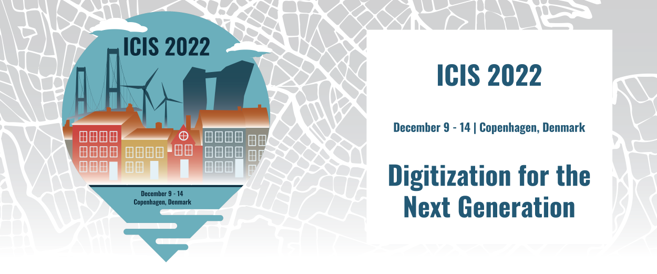Paper Number
2221
Paper Type
Complete
Description
Applications of digital twin (DT) technology have gained momentum in IS research and cognate disciplines. Several studies have documented how DTs create value in contexts such as manufacturing or smart cities through virtual monitoring and decision-making. While these contexts benefit from DTs of products or production steps, this research is the first to investigate the potentials of human DTs to improve customer experience (CX) (i.e., customer twins). Drawing on a structured literature review, we derive new conceptualizations of DTs as (i) virtual mirrors that depict a physical entity and its interactions in virtual space, and (ii) virtual orchestrators which extend the virtual mirror by also simulating potential virtual interactions. These new conceptualizations, by applying them to human DTs, enable us to discuss DT’s implications to approach current CX potentials. The results of the discussion indicate that human DTs can support CX management to improve CX throughout the whole customer journey.
Recommended Citation
Muschkiet, Michel; Paschmann, Jens Wilhelm; and Nissen, Anika, "Towards Human Digital Twins for Improving Customer Experience" (2022). ICIS 2022 Proceedings. 4.
https://aisel.aisnet.org/icis2022/serv_science/serv_science/4
Towards Human Digital Twins for Improving Customer Experience
Applications of digital twin (DT) technology have gained momentum in IS research and cognate disciplines. Several studies have documented how DTs create value in contexts such as manufacturing or smart cities through virtual monitoring and decision-making. While these contexts benefit from DTs of products or production steps, this research is the first to investigate the potentials of human DTs to improve customer experience (CX) (i.e., customer twins). Drawing on a structured literature review, we derive new conceptualizations of DTs as (i) virtual mirrors that depict a physical entity and its interactions in virtual space, and (ii) virtual orchestrators which extend the virtual mirror by also simulating potential virtual interactions. These new conceptualizations, by applying them to human DTs, enable us to discuss DT’s implications to approach current CX potentials. The results of the discussion indicate that human DTs can support CX management to improve CX throughout the whole customer journey.
When commenting on articles, please be friendly, welcoming, respectful and abide by the AIS eLibrary Discussion Thread Code of Conduct posted here.



Comments
22-Service